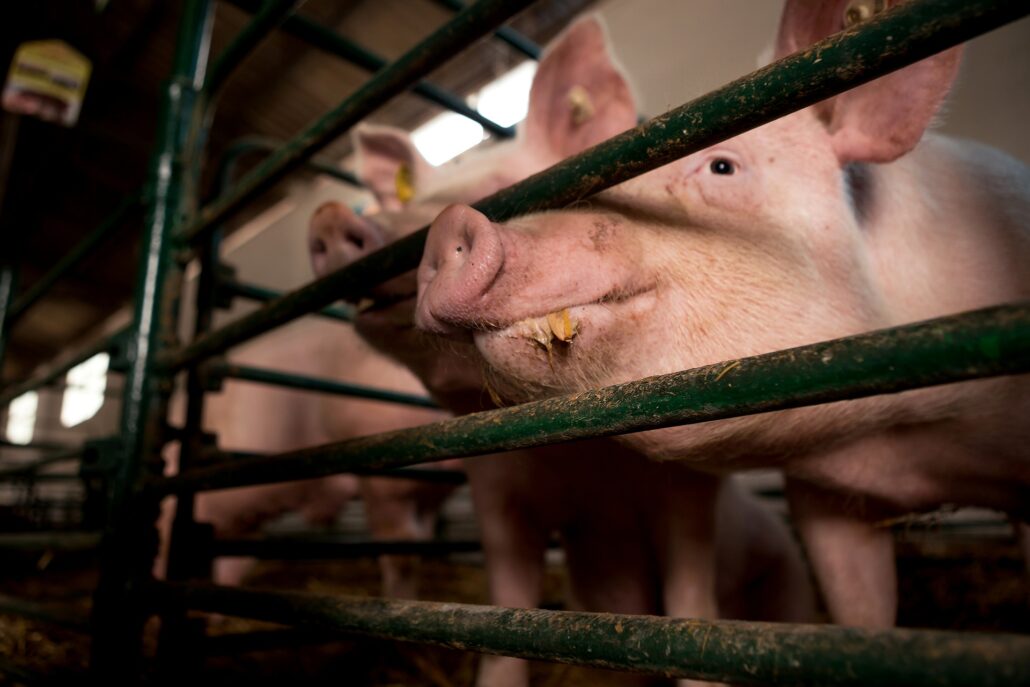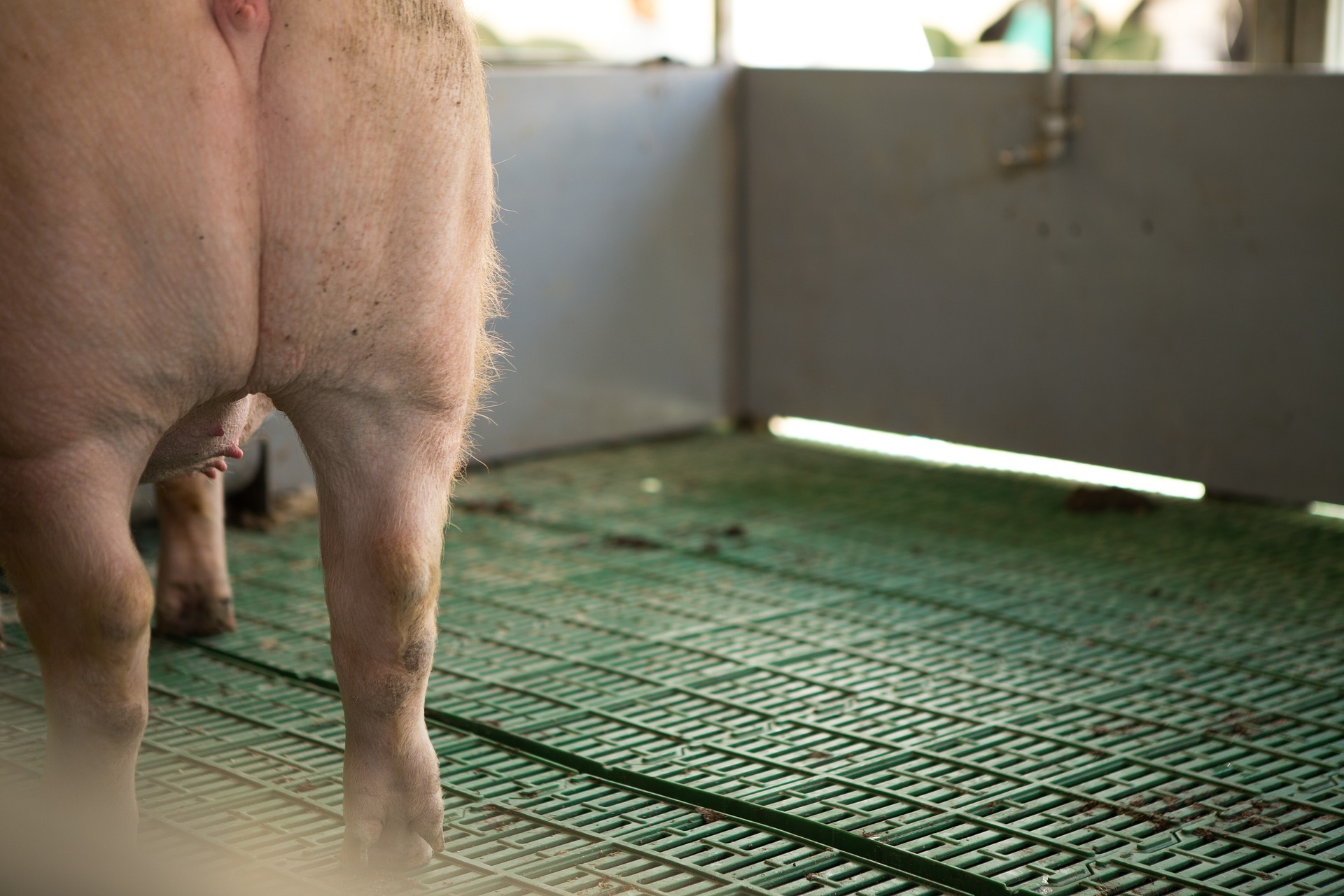February 24, 2022

The new year brings many new good resolutions, but also all the problems that we neglected in the previous year. Our relationship with nature and the pressure on ecological systems is one of them. Not surprisingly, and as affirmed two years ago, it is most likely the cause of the current pandemic
[1].
On January 7, 2022, in Ovada (Piedmont, Italy), the first case of African Swine Fever (“ASF”) was found on the Italian “continent” [2]. (on the island of Sardinia it has been present since the 1970s but in an endemic and controlled form). The disease was first described in 1921 in Kenya as a fatal acute hemorrhagic fever in domestic pigs. It generates from the contact between farm pigs and wild warthogs. It arrived in 1957, in Portugal, and then spread to the rest of Europe and recently in Asia [3].
The ASF virus strain recently found in Piedmont presumably arrived from other European countries, through the import of contaminated pork products.
Looking at the numbers by the Italian National Institute of Statistics (“ISTAT”) for 2021, Italy is raising about 8.5 million pigs [4]. If the disease spread among them, they would have to be culled. By trying to make farms more “efficient”, housing more animals in less space, selecting faster growing species and providing enriched animal feed, we create the ideal conditions for an African Swine Fever outbreak. That is because animals have little living space, little genetic variety, and are stuffed with drugs.
At the end of the day, by trying to pull the most out of nature, we risk losing everything. We are practically doing ourselves in.
In 2021, the Italian Institute for Environmental Protection and Research (“ISPRA”) reported that farming represents the main threat to biodiversity in Italy, due to Italians’ increasing consumption of animal products (meat, eggs and dairy) from intensive production farms [5].

Figure 1: A pig in an artificial environment. Is this the right place for them? (Author: borevina on Pixabay)
“The real ecological transition passes through our plate. There is no way out.” WWF [6]
An interesting link between African Swine Fever and the Covid-19 pandemic was inserted in a research study published in 2021. The hypothesis is that the 2018 ASF outbreak in China may have facilitated the species jump (“spillover”) of the Sars-CoV-2 virus. The slaughter of millions of pigs resulted in a price increase of pork meat and consequently to an increased demand and consumption of meat from alternative sources [7].
Luckily, no ASF spillover on humans has yet occurred, based on current knowledge [8]. This is not true for avian influenza, which has already performed the species jump and has already affected some individuals severely. However, we will talk about this in a future article.
A direct consequence of the ASF outbreak to Italians’ daily life is the ordinance of the Italian Ministry of Agriculture and Health which prohibits outdoor activities in the infected areas of Liguria and Piedmont. The prohibited activities are hunting (except wild boar hunting), mushroom and truffle picking, fishing, trekking and mountain biking [8].
The lesson learned from the ASF outbreak in Italy is that our current approach to Nature, treating Her merely as a commercial product, is clearly not sustainable. It is up to all of us to try to value it in a far more respectful way.
Bibliography:
[1] Miller, M. L. (2020, March 22). Spazio vitale contro COVID-20. Da Wuhan a Codogno, da Shanghai a Mezzocorona. GreenMarked. https://greenmarked.it/it/spaziovitale-contro-covid20/
[2] Gazzetta d’Alba. (2022, January 7). Ovada: Un caso di peste suina riscontrato nella carcassa di un cinghiale. Gazzetta d’Alba – Dal 1882 il settimanale di Alba, Langhe e Roero. https://www.gazzettadalba.it/2022/01/ovada-un-caso-di-peste-suina-riscontrato-nella-carcassa-di-un-cinghiale/
[3] African swine fever virus. (2022). In Wikipedia. https://en.wikipedia.org/w/index.php?title=African_swine_fever_virus&oldid=1069124353
[4] ISTAT. (2022). Consistenze degli allevamenti. Retrieved February 21, 2022, from http://dati.istat.it/Index.aspx?DataSetCode=DCSP_CONSISTENZE
[5] Carrada, G., & Frizza, C. (2021). Transizione Ecologica Aperta (p. 150). ISPRA. https://www.isprambiente.gov.it/it/pubblicazioni/pubblicazioni-di-pregio/transizione-ecologica-aperta
[6] WWF Italia. (2022). Toccare con mano la crisi ecologica (p. 17). WWF Italia. https://www.wwf.it/cosa-facciamo/pubblicazioni/toccare-con-mano-la-crisi-ecologica/
[7] Xia, W., Hughes, J., Robertson, D., & Jiang, X. (2021). How one pandemic led to another: ASFV, the disruption contributing to SARS-CoV-2 emergence in Wuhan.
[8] Ministero della Salute. (2022, January 27). Peste suina africana. Ministero della Salute. https://www.salute.gov.it/portale/sanitaAnimale/dettaglioContenutiSanitaAnimale.jsp?lingua=italiano&id=208
Cover- and preview image: borevina on Pixabay, free for commercial use license.


